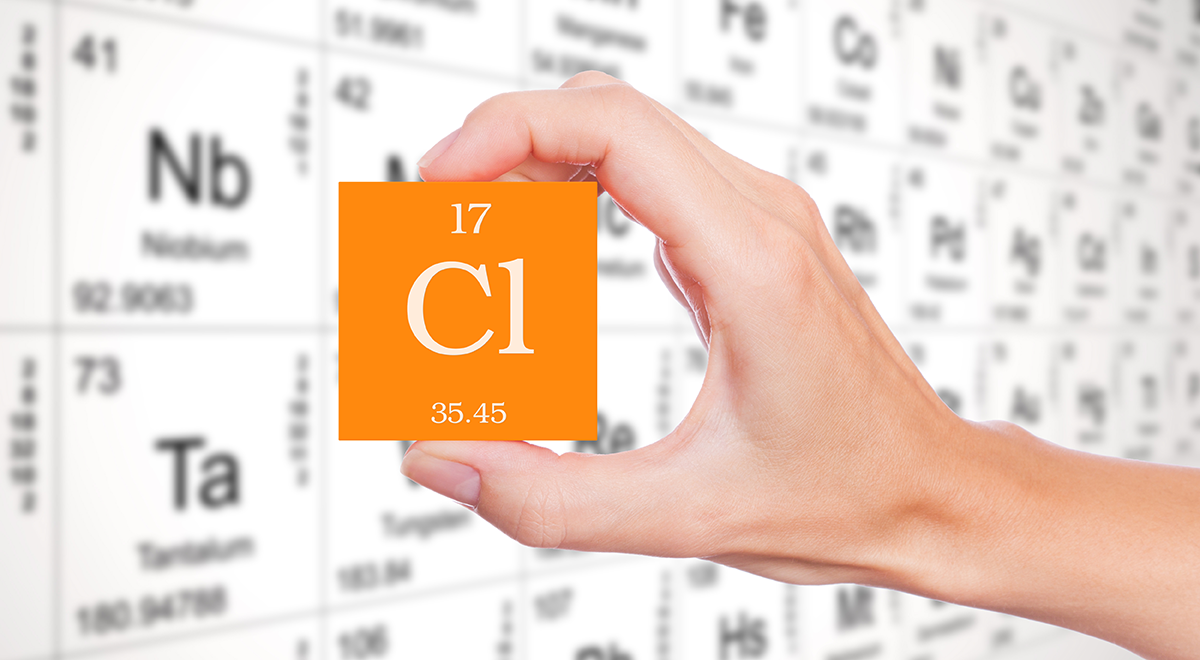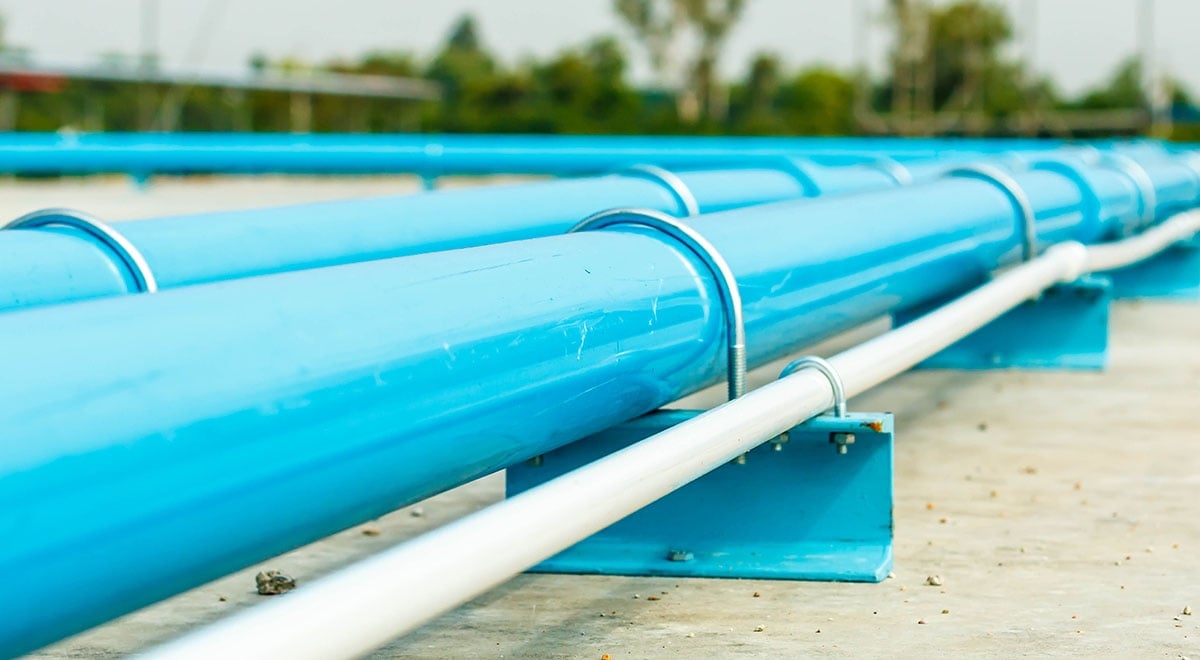It may seem unusual to link innovations in PVC with hospital interiors. PVC has long been known as a hard-wearing product, which is easy to clean. However, innovations involving antimicrobial additives have now made PVC interiors an integral part of the international public health strategy to prevent the transfer of infections.
The origins of vinyl flooring stretch back to the 1920s, when Waldo Lonsbury Semon first produced what is now called plasticised polyvinyl chloride (PVC). It was developed as a floor covering in 1933, due to its resilience and ease of cleaning. Until the 1990s, vinyl flooring was mainly confined to commercial buildings, hospitals, and other high traffic areas.
Chlorine is one of the most common chemical elements occurring in nature - even more common than carbon. It makes up 2.9% of the world’s oceans in the form of sodium chloride (salt). Chlorine’s high reactivity means that it almost never occurs on its own, but is instead always bound to another substance in compound form.
From 7 to 8 November 2018, Vynova Wilhelmshaven hosted a very productive meeting with the Polymers for Europe Alliance. Ron Marsh, Chairman of Polymers for Europe Alliance, and Alexandre Dangis, Managing Director of the association of European plastics converters (EuPC), travelled to Vynova’s site at Wilhelmshaven (Germany), to present the new criteria for the upcoming Best Polymer Producers Awards for Europe, and to discuss the future of the industry.
The rise in use of PVC for pipes began in Germany in the 1930s. Residential drinking water was the first application for an installed PVC piping network. After the Second World War, the technology spread, as the benefits of using PVC became more widely recognised. Indeed, this versatile material is lightweight, resistant to chemicals and corrosion, and has the ability to withstand higher temperatures. By 1960, the first American Society for Testing and Materials (ASTM) standard for PVC piping had been issued.
VYNOVA BLOG
Our blog offers you insights into Vynova, our products, their applications and the innovations they enable.








